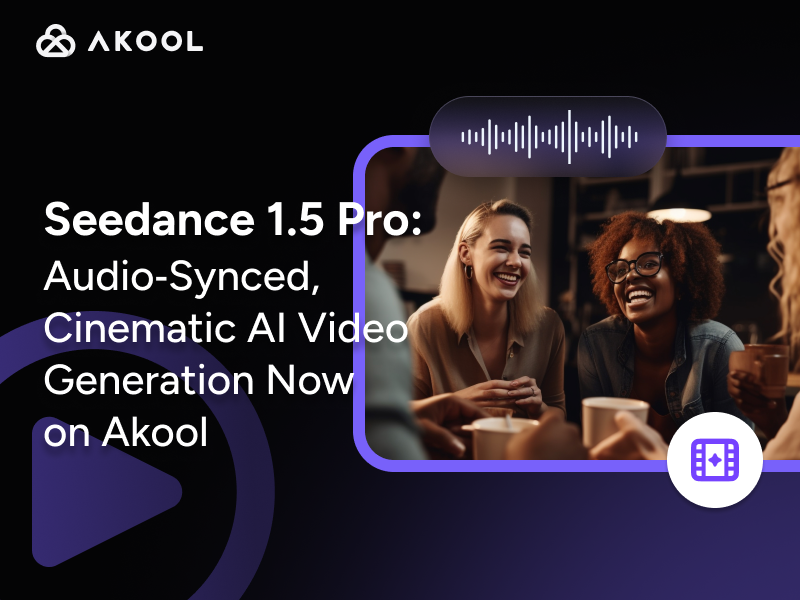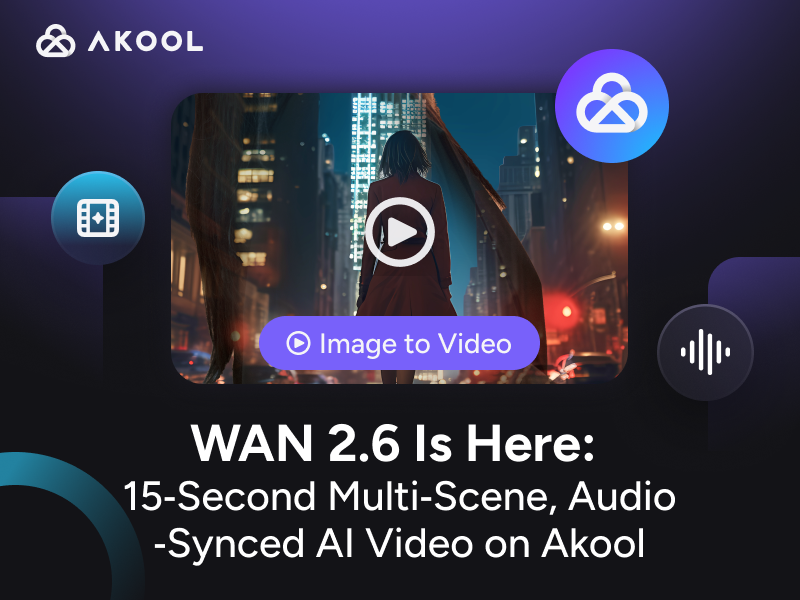Introduction to Natural Language Processing (NLP)
Natural Language Processing (NLP) is a subfield of artificial intelligence focused on the interaction between computers and human language. It enables machines to understand, interpret, and generate human language. Key capabilities include sentiment analysis, machine translation, and speech recognition. NLP utilizes algorithms and models to process large datasets, often employing techniques like tokenization and part-of-speech tagging to achieve accurate language comprehension and generation.
How to Use Natural Language Processing (NLP)
Understanding NLP Components
Tokenization: Start by breaking your text into smaller units or tokens. This simplifies analysis and is the first step in understanding the text structure.
Part-of-Speech Tagging: Assign grammatical categories (nouns, verbs, etc.) to each token, helping to understand the text's syntax.
Named Entity Recognition (NER): Identify and categorize important elements like names and locations in your text for better content analysis.
Applying NLP Techniques
Data Collection: Gather the text data you want to analyze. This could be user reviews, social media posts, or any other form of written language.
Preprocessing: Clean your data by removing irrelevant parts such as stop words (e.g., "and", "the") and punctuation. This step also includes tokenization.
Model Selection: Choose an appropriate NLP model or algorithm. For example, use a sentiment analysis model if you want to gauge public opinion from text data.
Training and Testing: Train your model with a portion of your dataset and test its accuracy with another. This ensures your model understands the language patterns correctly.
Implementation: Integrate your trained model into your application or workflow. Whether it's for customer service chatbots or content recommendation systems, ensure the model works efficiently. For more on how AI support agents can be integrated, explore further.
Utilizing NLP for Creative Agencies
Content Creation: Use NLP tools to generate ideas or automate the writing of summaries, helping your team focus on more creative tasks. For a deeper dive into AI tools for content, visit our detailed guide.
Audience Analysis: Deploy sentiment analysis to understand how your audience feels about your brand or content, allowing you to tailor your strategies accordingly.
Enhanced Communication: Implement NLP-driven language translation tools to communicate effectively with diverse audiences. Explore the role of AI in communication for more insights.
By following these steps and leveraging the capabilities of NLP, creative agencies can enhance their content production, improve customer interaction, and gain deeper insights into audience preferences.
Applications of Natural Language Processing (NLP)
Natural Language Processing (NLP) is revolutionizing various industries with its diverse applications:
- Sentiment Analysis: Used in social media monitoring to gauge public opinion and brand sentiment.
- Chatbots and Virtual Assistants: Powering customer service tools like chatbots and voice-activated assistants (e.g., Siri, Alexa).
- Machine Translation: Enhancing translation services, such as Google Translate, for accurate multilingual communication.
- Text Summarization: Automating the creation of concise summaries from lengthy documents and articles.
- Spam Detection: Filtering out unwanted emails and messages through advanced spam detection algorithms.
- Content Recommendation: Personalized content delivery on platforms like Netflix and Spotify using NLP-driven algorithms. Discover more about AI-driven career development.
These applications demonstrate NLP's capacity to enhance user experiences and streamline operations across various sectors.
Technical Insights into Natural Language Processing (NLP)
Natural Language Processing (NLP) leverages complex algorithms and models to process and understand human language. Key techniques include:
Tokenization: This technique breaks down text into smaller units, known as tokens, which can be words, phrases, or symbols. Tokenization facilitates subsequent linguistic analysis by simplifying text into manageable components.
Part-of-Speech Tagging: This process assigns part-of-speech tags, such as nouns, verbs, and adjectives, to each token. This tagging helps in understanding sentence structure and grammatical relationships, which are crucial for accurate language processing.
Named Entity Recognition (NER): NER identifies and categorizes key elements in text, such as names of people, organizations, and locations. This is essential for information extraction and content categorization.
Dependency Parsing: This involves analyzing the grammatical structure of sentences by establishing relationships between words. Dependency parsing helps in understanding the syntactic structure, providing insights into meaning and context.
NLP Techniques Table
| Technique | Description |
|---|---|
| Tokenization | Breaks text into smaller units or tokens for easier analysis. |
| Part-of-Speech Tagging | Assigns grammatical categories to tokens for understanding syntax. |
| Named Entity Recognition | Identifies and categorizes important elements like names and locations. |
| Dependency Parsing | Analyzes grammatical structure by establishing word relationships. |
By employing these techniques, NLP systems can analyze large datasets efficiently, enabling accurate language comprehension and generation. These foundational methods form the basis for advanced NLP applications such as sentiment analysis, machine translation, and speech recognition, driving the evolution of human-computer interaction.
Useful Statistics on Natural Language Processing (NLP)
Understanding the impact and growth of Natural Language Processing (NLP) can provide valuable insights for creators, developers, and creative agencies looking to leverage this technology in their projects. Here are some key statistics that highlight the significance and potential of NLP:
- Market Growth:
- The global NLP market size was valued at approximately USD 13 billion in 2022 and is projected to grow at a compound annual growth rate (CAGR) of 20.3% from 2023 to 2030.
Importance: This rapid growth indicates a rising demand for NLP applications across various industries, highlighting opportunities for developers and agencies to innovate and create solutions that harness the power of language data. Learn more about AI content moderation.
Adoption in Business:
- According to a 2023 survey, 58% of companies are already using NLP technologies for customer service, such as chatbots and virtual assistants.
Importance: The widespread adoption in customer service demonstrates NLP's effectiveness in improving user engagement and operational efficiency. Creators can leverage this trend to design more intuitive and responsive user experiences. For more, check out types of AI support agents.
Sentiment Analysis:
- NLP-driven sentiment analysis tools have seen increasing accuracy rates, with some models achieving accuracy levels of over 90% in 2023.
Importance: High accuracy in sentiment analysis allows businesses to better understand consumer emotions and feedback, enabling more informed decision-making. This is particularly useful for marketing and product development teams seeking to align offerings with customer expectations.
Content Creation and Language Models:
- In 2023, it was reported that more than 60% of content creators use NLP tools to aid in content generation and optimization.
- Importance: NLP tools can significantly enhance productivity by automating repetitive tasks and providing creative suggestions, freeing creators to focus on more strategic and creative aspects of their work.
NLP Market Growth Table
| Metric | 2022 Value | 2023-2030 CAGR |
|---|---|---|
| Global NLP Market Size | USD 13 billion | 20.3% |
| Companies Using NLP for CS | 58% | N/A |
| Sentiment Analysis Accuracy | >90% | N/A |
| Content Creators Using NLP | >60% | N/A |
These statistics underscore the transformative potential of NLP technologies and their growing influence across various sectors. By staying informed about these trends, developers and creative agencies can better position themselves to capitalize on the capabilities of NLP and drive innovation in their respective fields.




